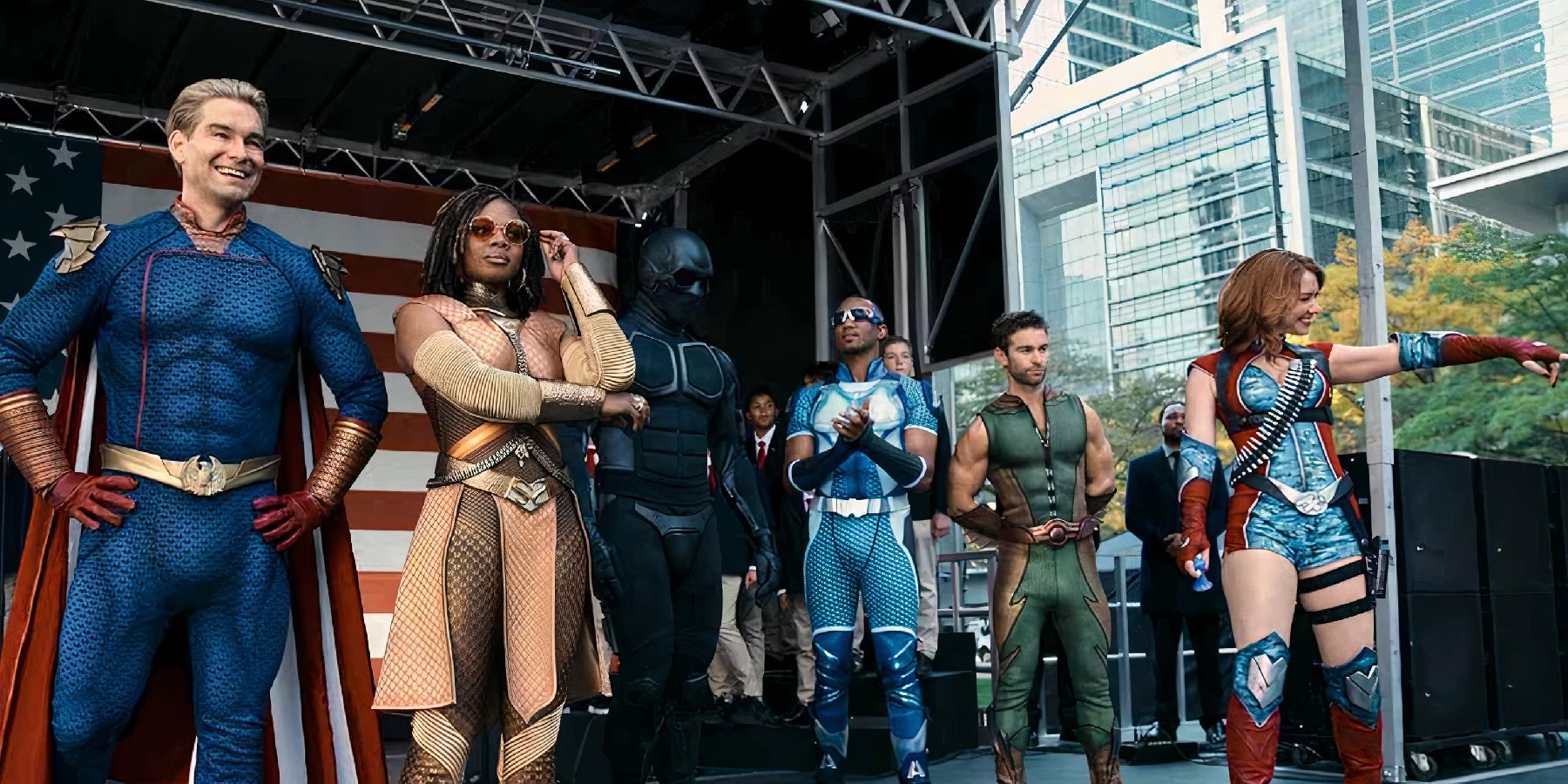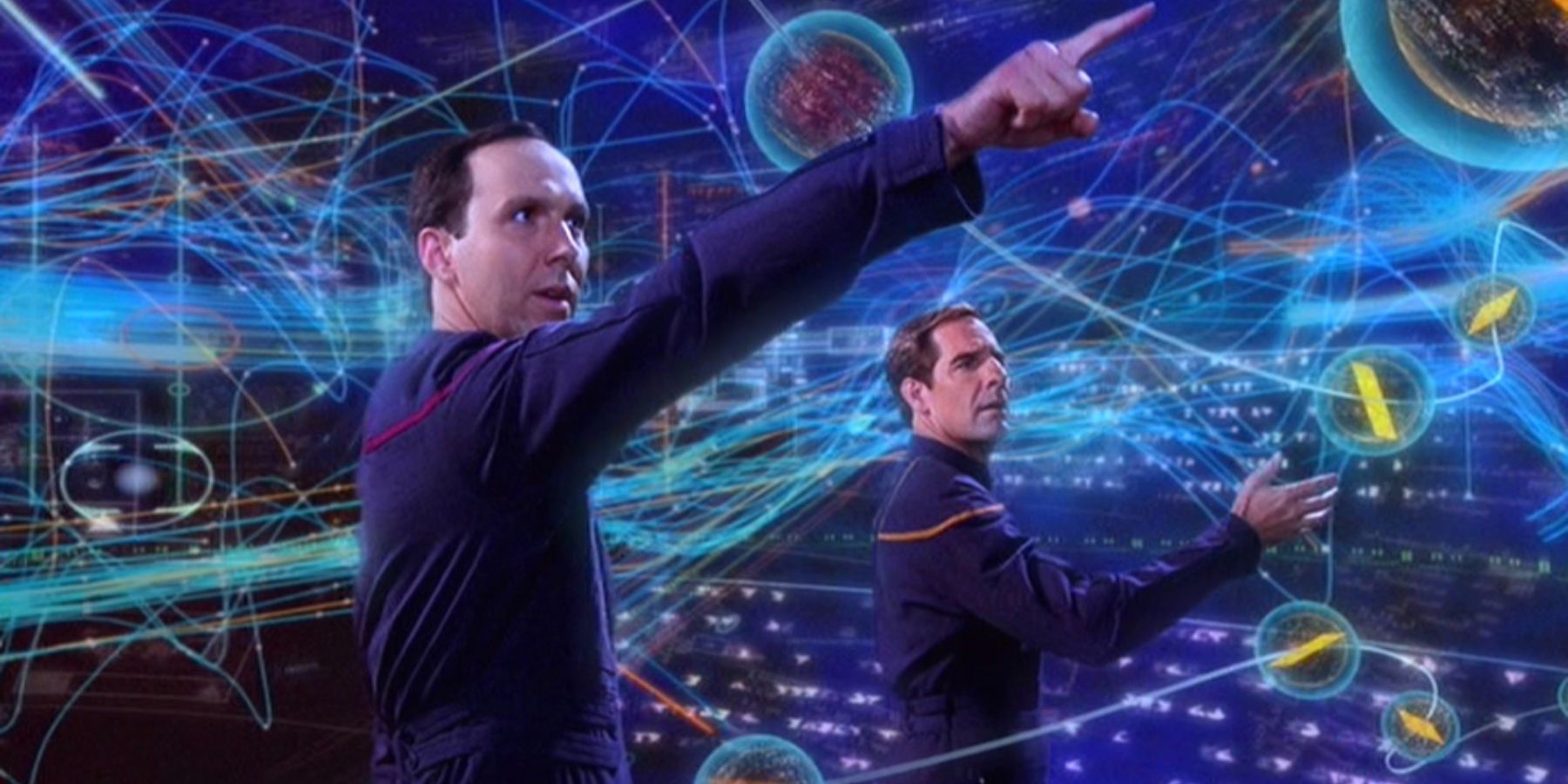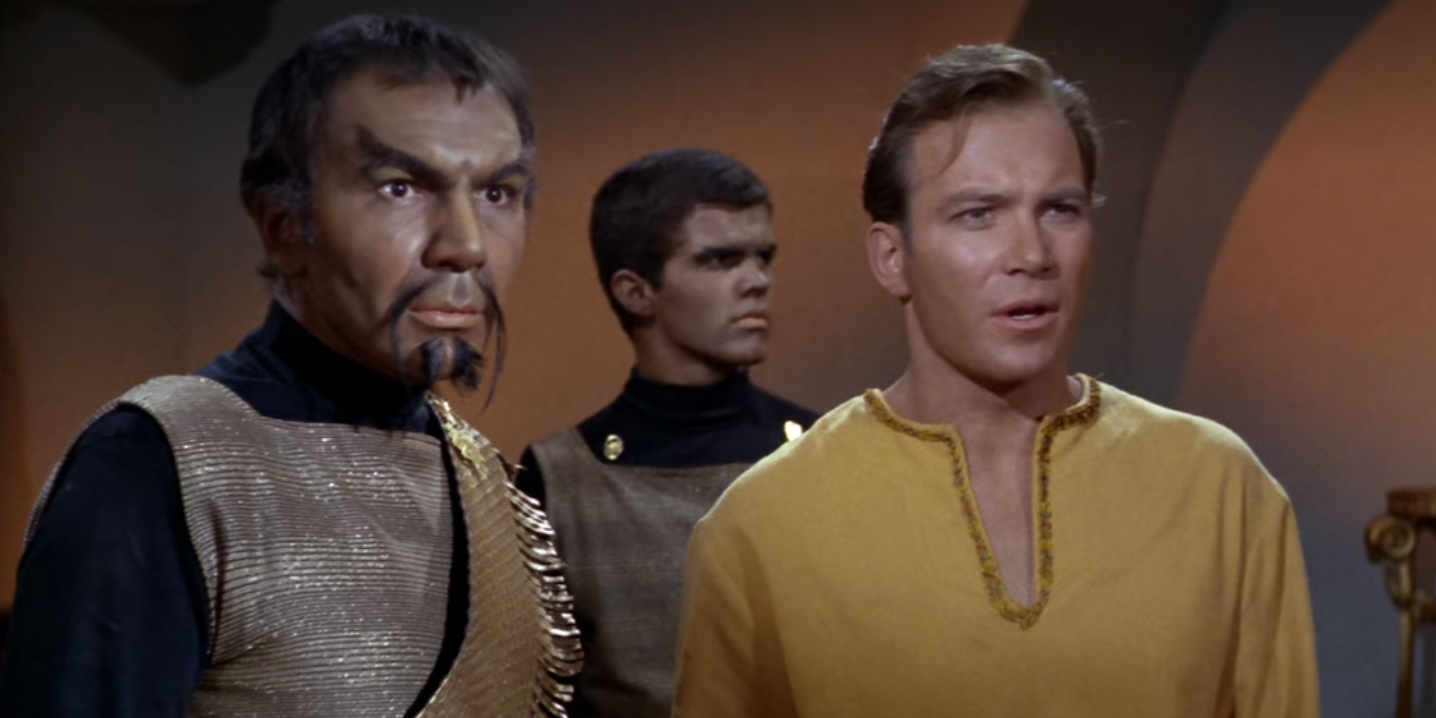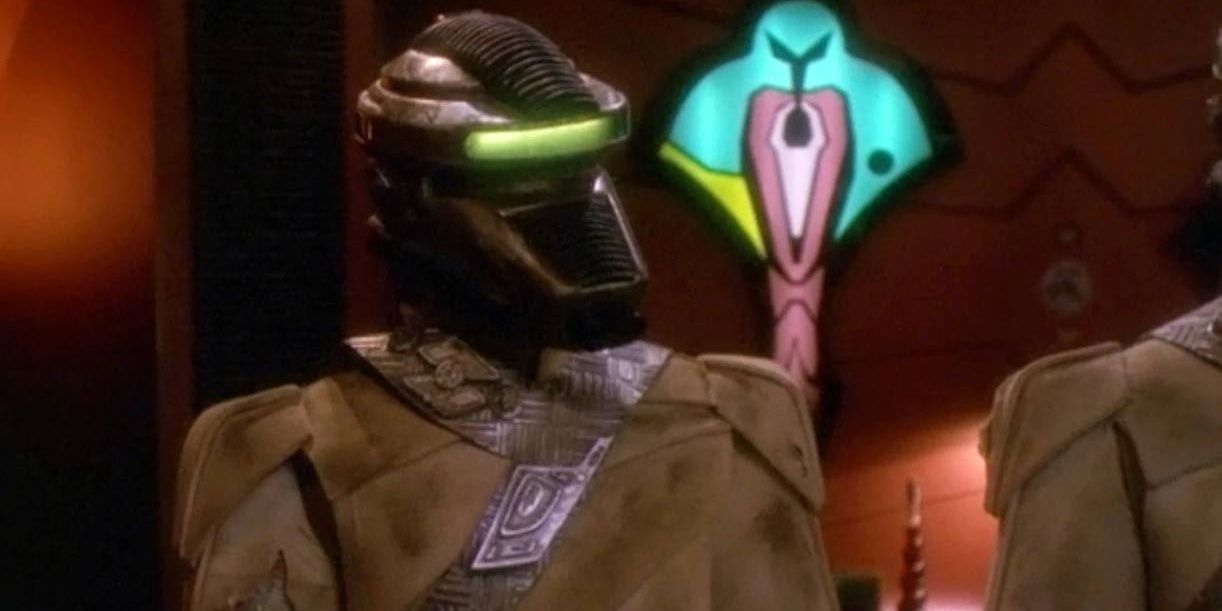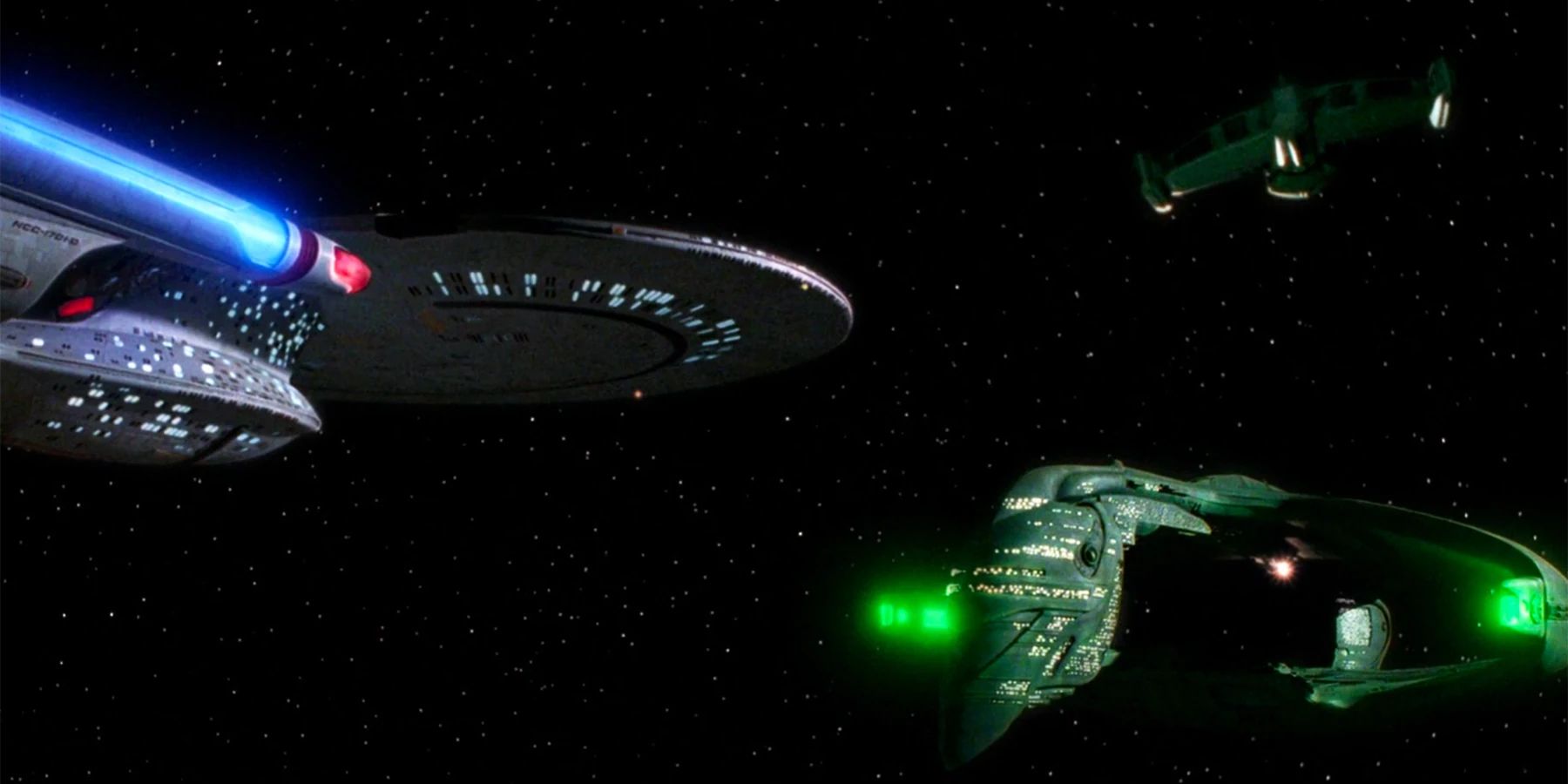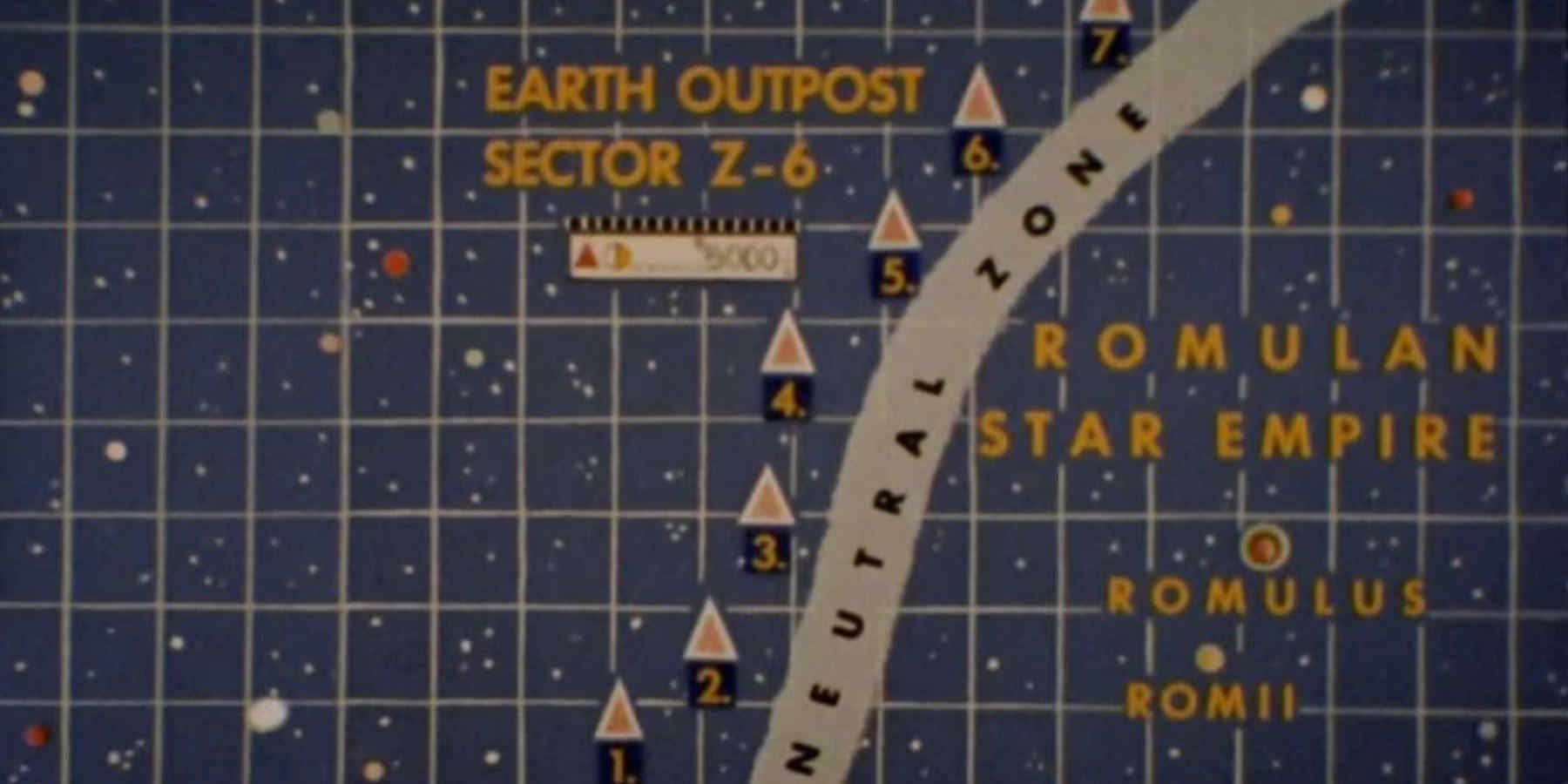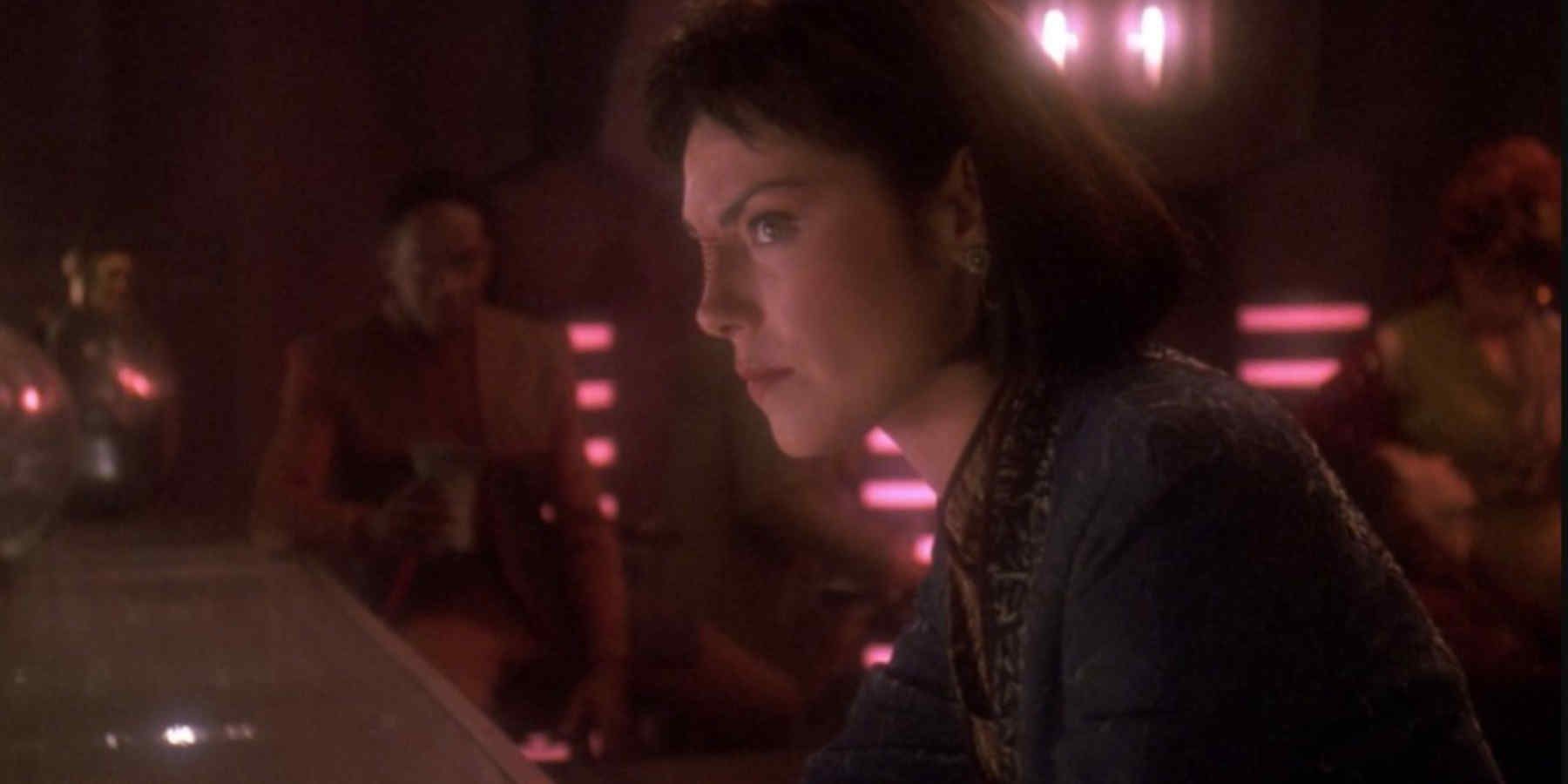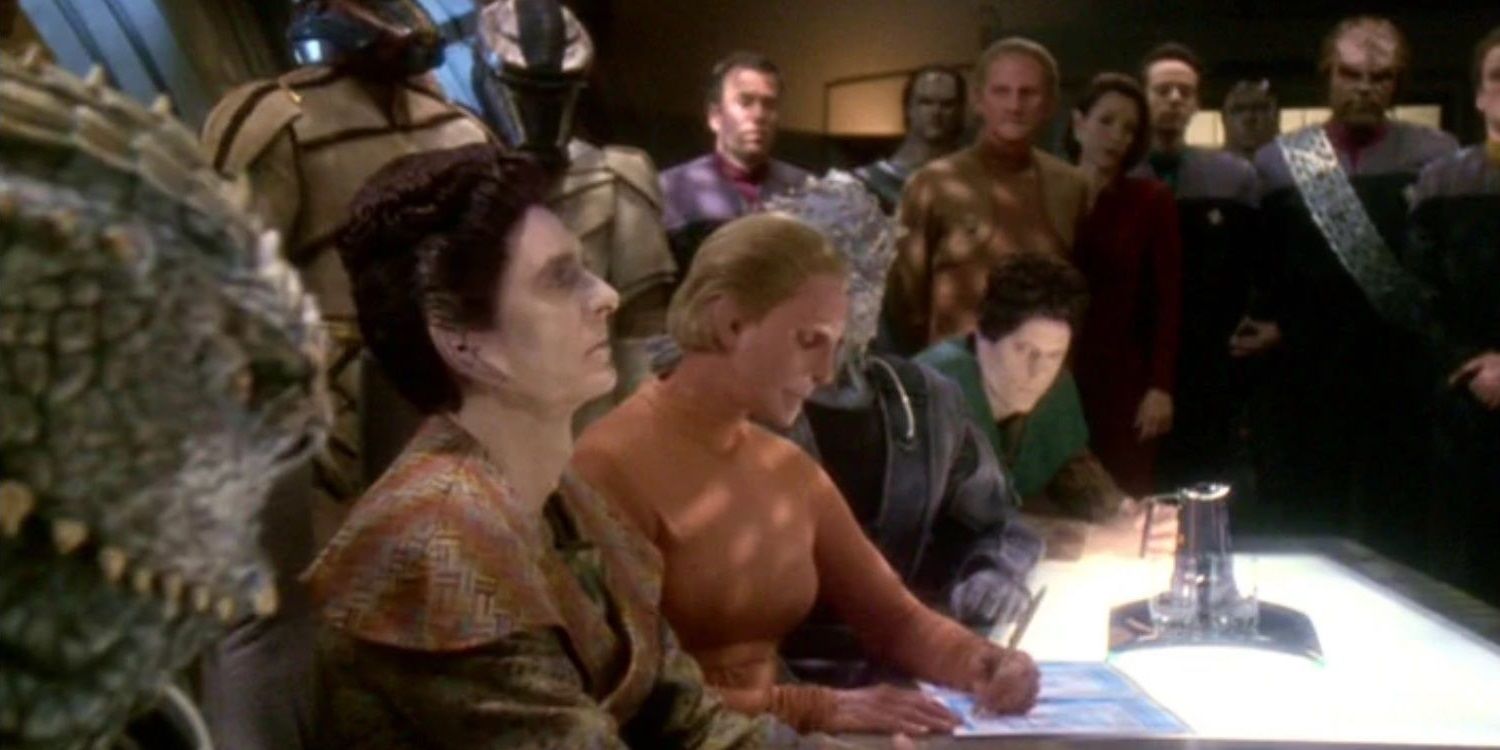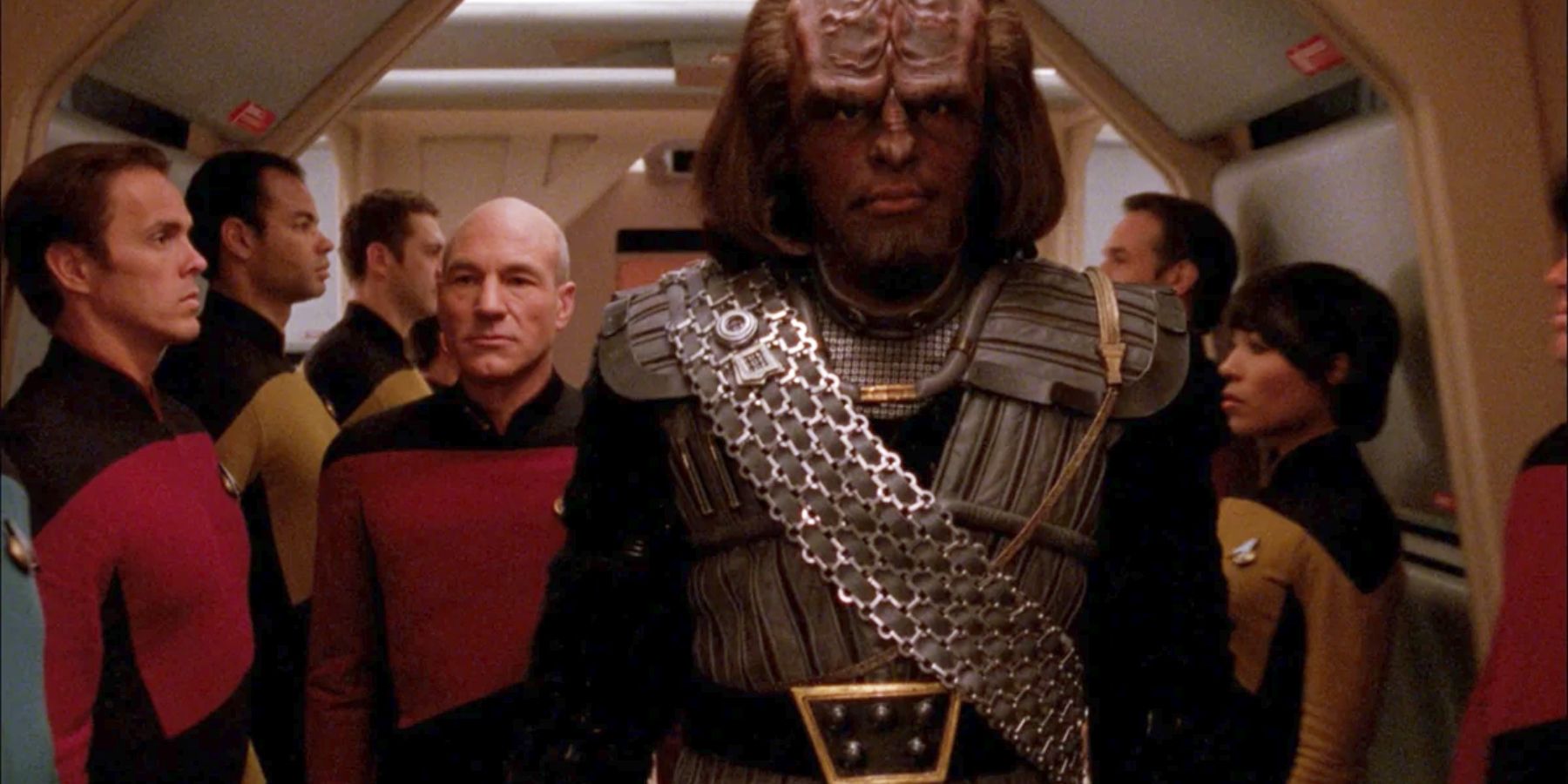At first glance, Star Trek depends on Western conventions, as heroes conquer the final frontier. This is unsurprising: creator Gene Roddenberry had prior experience working on cowboy shows. Yet despite its rancher roots, Starfleet is bound by protocol — most notably the Prime Directive, forbidding contact with pre-warp species.
As in real-world history, the universe of Star Trek is defined by dozens of alliances, deals, and accords. These treaties range from vague references that enhance the franchise's world building to fully realized negotiations, for which both the signatories and the consequences are shown on-screen. Some of these pacts have left a mark on multiple Star Trek series, shattering the status quo. However, as many characters seem to believe, what's the point of having a treaty if the rules can't be bent or outright broken?
8 The Temporal Accord
Ironically, the Temporal Accord changes everything because it insists that nothing is changed — historically speaking, at least. There are dozens of examples of time travel in Star Trek, from observation missions in the 20th century ("Assignment: Earth", The Original Series) to nostalgia-filled capers ("Trials and Tribble-ations", Deep Space Nine).
Yet not all time travel is conducted with innocent intentions. Star Trek: Enterprise introduced the Temporal Cold War, a conflict between various factions vying to change the course of history. During the 30th century, the Federation fought to uphold the Temporal Accord, a struggle continued by temporal agents in the 31st century. By the 32nd century, all time travel was banned, enforcing the treaty and ensuring that no one could tamper with time.
7 The Treaty of Organia
Some treaties are written and enforced by their participants, while others are imposed by external powers. The Treaty of Organia, which came into effect in 2267, is an example of the latter. Following clashes between the United Federation of Planets and the Klingon Empire over planets that each side claimed for their own, the godlike Organians stepped in to arbitrate.
The resulting deal ended the Federation–Klingon War, leaving the contested planets to the power that was best able to develop them and allowing each side to visit the other's frontier shore leave locations. The Treaty of Organia would be overshadowed by later Federation–Klingon negotiations, but it represented the first step towards friendship for the rival states.
6 The Breen–Dominion Alliance
Following the entry of the Romulan Star Empire into the war against the Dominion in 2374, the Dominion needed additional allies. The isolationist Breen were chosen, and the new power threatened to turn the tide of war when it defeated the Federation Alliance at the Second Battle of Chin'toka. However, this setback was only temporary, and the Federation Alliance was able to regain the initiative and strike at Cardassia Prime.
The true implications of the treaty between the Dominion and Breen lay in the fact that it sidelined the Dominion's initial Cardassian allies. After learning that the Cardassian Union would be forced to make territorial concessions to its new Breen allies, Damar, a high-ranking Cardassian, turned against the Dominion. This led to the emergence of the Cardassian Liberation Front, a key player in the final days of the Dominion War.
5 The Treaty of Algeron
Signed by the Federation and Romulans over a century after the Earth–Romulan War, the Treaty of Algeron was instituted following the Tomed Incident, an event which killed thousands and brought the two powers perilously close to full-scale war. The Treaty of Algeron stipulated that the Federation was not allowed to develop or use cloaking technology in its starships, and also saw the Romulans become increasingly isolationist. It also made it clear that any entry by either side into the Neutral Zone was to be considered an act of war.
Despite the provisions of the agreement, there are many examples of its rules being ignored. Starfleet attempted to develop a cloaking device aboard the USS Pegasus in 2358, while the USS Defiant was provided with a Romulan cloaking device on the condition that it was only used in the Gamma Quadrant (it was not).
4 Neutral Zone Treaty
Referred to in passing by Spock in Star Trek V: The Final Frontier, the Neutral Zone Treaty was presumably responsible for the creation of the Klingon and Romulan Neutral Zones, regions of space where military ships were forbidden to travel. One of the results of this treaty was the colonization of Nimbus III, a joint Federation–Klingon–Romulan outpost.
Despite military traffic being interdicted within the Neutral Zone, the three powers frequently chose to ignore this clause. In 2266, the Romulan Star Empire crossed the Neutral Zone and destroyed several Federation outposts. In 2268, Captain Kirk ordered the USS Enterprise through the Neutral Zone and into Romulan space to steal a cloaking device. The Klingons also broke the rules: in 2285, Commander Kruge violated the treaty during his hunt for the powerful Genesis Device.
3 Federation–Cardassian Treaty
The aim of the 2370 Federation–Cardassian Treaty was to end the skirmishes between the two states that continued despite the Federation–Cardassian Armistice of 2367. It resulted in the creation of the Demilitarized Zone, an area of space free from military bases and warships. The greatest consequence, however, was the redefinition of the Federation–Cardassian border.
The border change resulted in Federation citizens suddenly finding themselves living in Cardassian space. This injustice resulted in the formation of the Maquis, insurgents who opposed both the Federation and Cardassians, including Ro Laren. The Maquis would become a recurring element in The Next Generation and Deep Space Nine, while the USS Voyager's hunt for a Maquis cell would lead to the ship being stranded in the Delta Quadrant.
2 Treaty of Bajor
Signed by every faction in the Dominion War in 2375, the Treaty of Bajor brought the three-year conflict to an end. It formalized the victory of the Federation Alliance over the Dominion, Cardassians, and Breen, and laid down certain conditions for the post-war galaxy.
The Female Changeling, who had coordinated much of the Dominion's involvement in the conflict, was forced to surrender to the Federation, where she stood trial for war crimes. The Dominion's forces were ordered to leave the Alpha Quadrant, and any territorial gains were returned to their original owners. This allowed for a resetting of the Alpha Quadrant — each state's borders were restored to how they had been prior to the Dominion's invasion.
1 Khitomer Accords
The Klingons occupy a position in popular culture as Star Trek's most iconic villains—despite the fact that nearly every series post-TOS has attempted not only to develop the warrior culture, but also to position them as potential allies of the Federation. This shift from enemies to partners has not been without its difficulties. Even Kirk is resistant to the idea of extending the hand of friendship to the Klingons in Star Trek VI.
The Khitomer Accords were instrumental in creating new stories for Star Trek's golden age. The Next Generation explored how a Klingon would fare in Starfleet. Deep Space Nine showed the danger of the treaty breaking down. Voyager showed how B'Elanna Torres, half-Klingon and half-human, reconciled her dual heritage. The Khitomer Accords not only changed the Star Trek universe by aligning the Federation and Klingon Empire; they also altered the entire course of the franchise.


